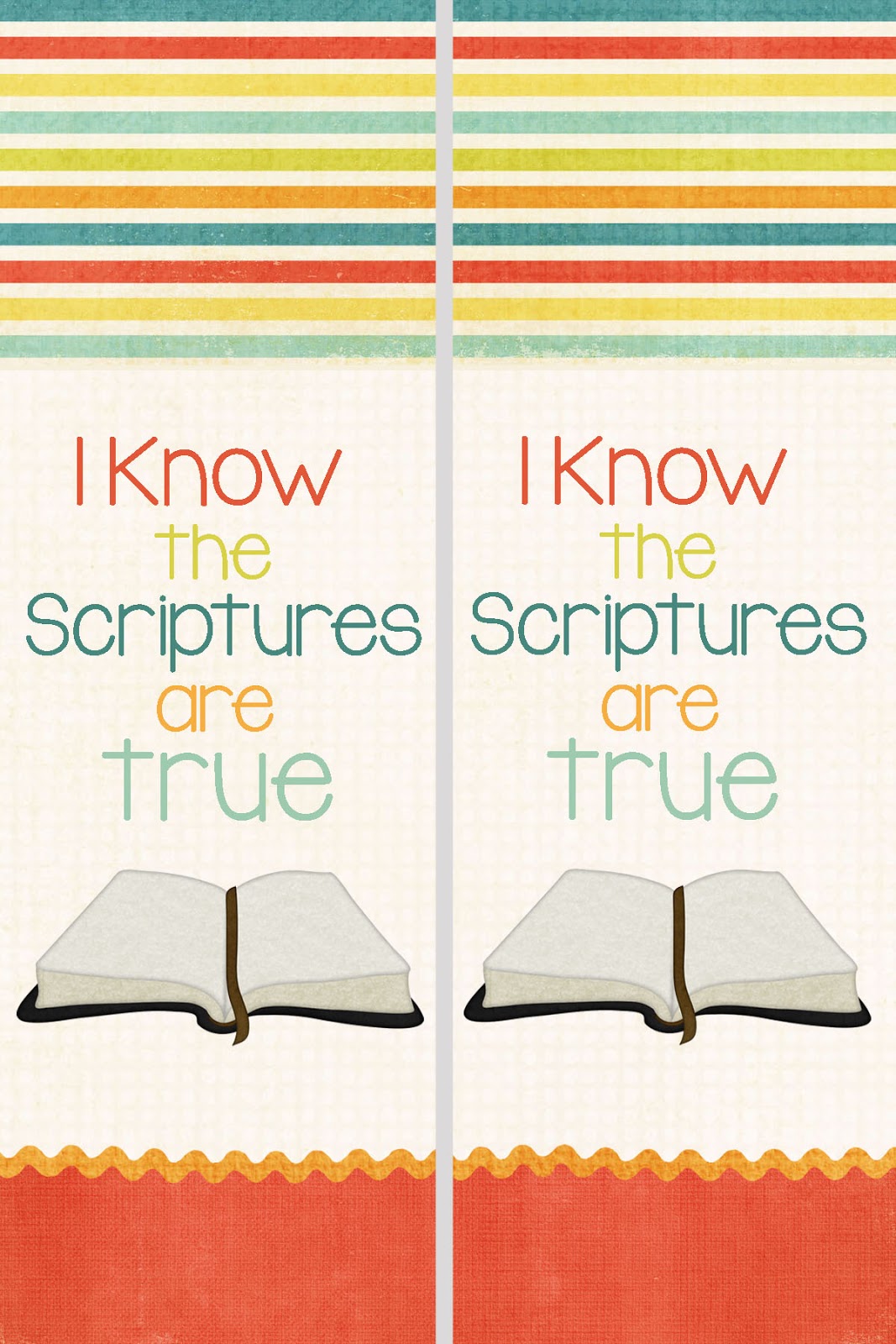

Following a short explanation of each of the four volumes, in the context of the topic “scriptures,” the Liahona article includes a short paragraph about “Modern Prophets.” It says,


This set of LDS scriptures is collectively called the standard works. “The official scriptures of the Church are the Bible (which includes the Old Testament and the New Testament), the Book of Mormon, the Doctrine and Covenants, and the Pearl of Great Price.” (22) In this issue’s Gospel Basics section, the topic is “Scriptures: The Word of God.” The article explains, Recently, while reading the July 2022 issue of the LDS church’s Liahona magazine, I came across another subtle change in language that could be a reframing of a long-standing Mormon doctrine. Later, a different answer to the question was provided: that Mormonism indeed taught that people could become gods – but “gods” with a lower case “g.” The idea here was to align Mormonism’s heretical doctrine of exaltation with the Eastern Orthodox doctrine of theosis - a false parallel, but one that, if accepted, would again make Mormonism seem more in line with Christianity. This attempt to reframe (for non-Mormons) the LDS doctrine of exaltation as something akin to the Christian doctrine of sanctification sought to make Mormonism seem more Christian and less peculiar. We teach that people should strive to become more like God – every religion believes that.” I asked LDS missionaries about that doctrine and was told, “Oh, no, we don’t believe that. As the LDS church tries to “fit in” with Christianity, it changes shape and focus as church leadership deems necessary.īack in the 1980s when I first began investigating the LDS church, I was shocked to learn Mormonism taught that human beings could/would become Gods in eternity (as the 1985 edition of Gospel Principles stated on page 290 – Gods with a capital “G”).
#Free downloadable lds scriptures skin#
The church’s position on people with dark skin was another. Polygamy was one of the first Mormon distinctives to be left behind. This is a religion that is continually changing as it tries to find its place in the world. “Shedding the term ‘Mormon’ helps us to assimilate ever more comfortably because the word, with its accompanying history, is one of the most distinctive things about us.”Īctually, many distinctive things about Mormonism have fallen by the wayside over the years. It seems to me that President Nelson’s insistence that this name “correction” came by way of direct revelation from God, and that every use of the phrase “Mormon Church” is a victory for Satan, puts the rebranding outside of what most people would consider mainstream. Riess writes, “I have finally…realized that making us sound like everyone else was a major part of the point of President Nelson’s rebranding-that-he-clarified-was-not-a-rebranding.” Overnight, what had been an affectionate term used by members and nonmembers alike became verboten.”īut, Dr. “…to renounce the word ‘Mormon’ was an about-face that made little sense given the tremendous work the church had just put into associating that word with everything positive about our people. Nelson, when he said the church would no longer use the word Mormon. She applies this same motivation to the bombshell dropped four years ago by the church’s president, Russell M. Riess says, that make Mormons seem “boring” rather than weird, mainstream rather than unique. Leaders nowadays rarely exhort us about imminent cataclysms - we don’t speculate openly about how we’re living in the end times, talk about the latest Antichrist who’s arisen in geopolitics or require members to store two years’ worth of food in preparation for the apocalypse.”Īll changes, Dr. “And of course, we don’t talk about becoming gods of our own planets someday, or any of the more esoteric theological teachings of our past.
#Free downloadable lds scriptures code#
Riess notes some of these changes, such as shortening the length of time members are expected to be at church on Sundays, allowing missionaries to call home once a week rather than only twice a year, and loosening the dress code for both male and female missionaries. “During the last four years, the president of The Church of Jesus Christ of Latter-day Saints has introduced a host of changes that have made the church a little more mainstream, a little less weird.” In July (2022), LDS author Jana Riess made an interesting observation:


 0 kommentar(er)
0 kommentar(er)
